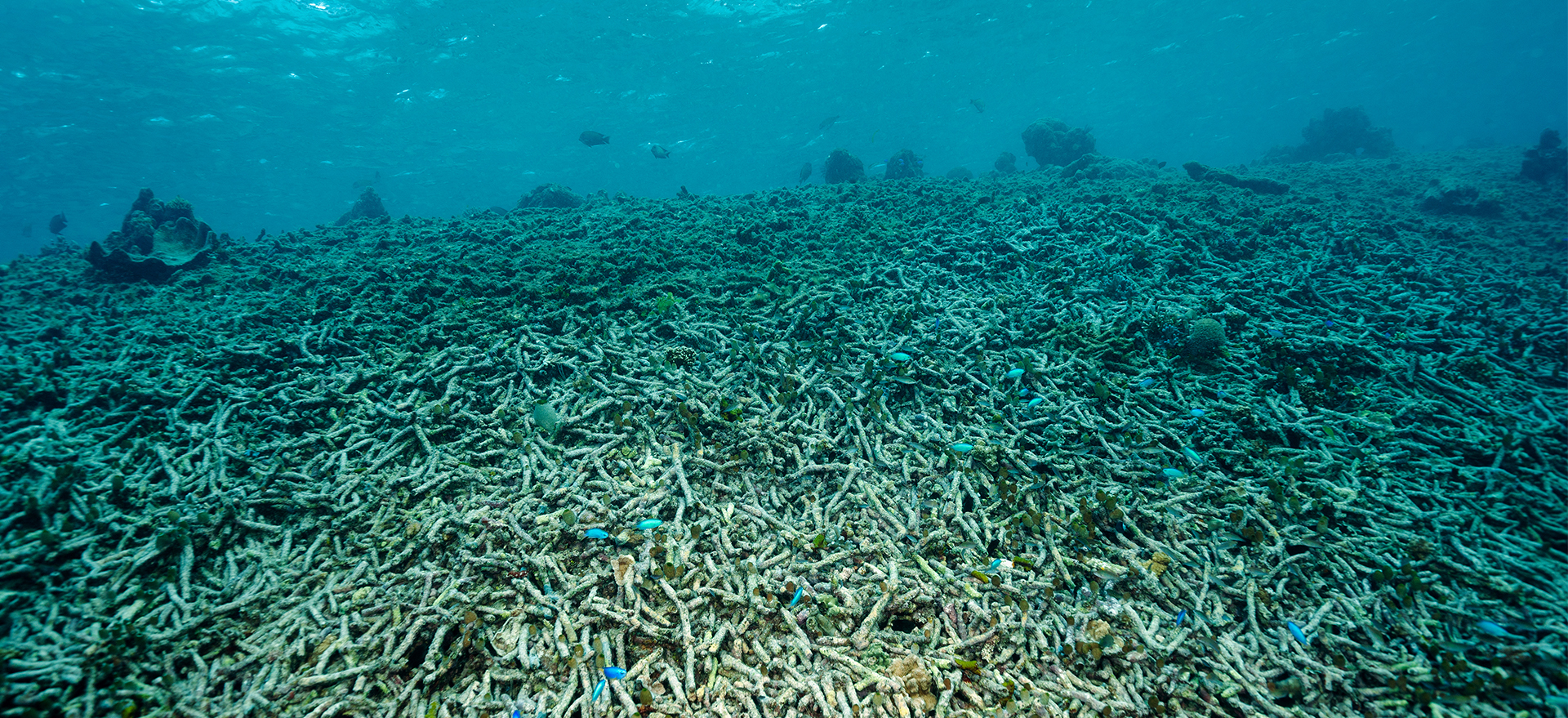The road to Kunming
Biodiversity deterioration will worsen under business-as-usual scenarios, but there is promise for an ambitious, actionable and realistic global biodiversity framework to emerge from
COP15 in Kunming
Biodiversity and the benefits it provides are fundamental to human well-being and a healthy planet. Despite ongoing efforts and scientific evidence, biodiversity continues to deteriorate worldwide, a decline projected to worsen under business-as-usual scenarios, jeopardising achievement of the Sustainable Development Goals. This situation also threatens to undermine efforts to address climate change, land degradation and pollution – all primary drivers of the loss of biodiversity. Urgent action is needed to limit biodiversity loss and set the world on track to a future of living in harmony with nature by 2050.
According to a recent report, 77% of land (excluding Antarctica) and 87% of the ocean’s area have been modified by human activities. The Intergovernmental Platform on Biodiversity and Ecosystem Services estimates that at least 1 million species risk extinction. The costs will affect everyone. The World Economic Forum says over half the world’s total gross domestic product – equivalent to $44 trillion of economic value generation – depends moderately or highly on nature. The cost of inaction is estimated to rise to at least $14 trillion – 7% of global GDP – by 2050. Furthermore, over 70% of people living in poverty rely at least partly on natural resources for their livelihoods.
Urgent need for action
This is why the parties to the Convention on Biological Diversity have agreed to develop a new post-2020 global biodiversity framework, a blueprint for urgently halting and reversing biodiversity loss. A successor to the Aichi Biodiversity Targets, it sets out concrete actions to put biodiversity on a path to recovery before the end of this decade. The multilaterally agreed framework is expected to be adopted by governments at the second part of the 15th meeting of the Conference of the Parties to the Convention on Biological Diversity in Kunming, China, later this year.
Parties convened, in a hybrid format, for the first part of COP15 in Kunming in October 2021, fulfilling its vision to provide the necessary political momentum to the post-2020 global biodiversity framework process. They adopted the Kunming Declaration and made commitments and pledges to advance the objectives of the Convention. This included Chinese president Xi Jinping’s announcement of the Kunming Biodiversity Fund with an initial investment of approximately $230 million to help developing countries implement the new framework.
Governments and stakeholders met for three weeks in Geneva in March to advance their work and negotiate the mission, goals and targets of the first draft of the framework released last July. In addition, several important recommendations were adopted to support the implementation of the framework, including important elements such as monitoring and review, capacity building, resource mobilisation and gender.
The Geneva meetings marked the first in-person CBD meetings since the COVID-19 pandemic began two years ago. Negotiations benefited from a constructive, collegial and friendly atmosphere. Parties and stakeholders made substantial progress to advance the draft framework and now have ownership of the text, laying important groundwork for a successful outcome in Kunming.
However, many points remain to be resolved. Consequently, governments and stakeholders are meeting on 21–26 June in Nairobi. Intersessional work was agreed for key issues such as resource mobilisation and enhanced planning, reporting and a review mechanism.
Striking a careful balance
The success of the post-2020 global biodiversity framework requires a careful balance of ambition and feasibility. Negotiators need to find consensus on three critical issues, including:
Resource mobilisation: The level of ambition of the framework depends on the commensurate mobilisation of resources, including developed countries’ commitment to support developing countries’ implementation of the framework.
Digital sequence information on genetic resources: Many developing countries want a strong regime on DSI, as they see their genetic resources under threat of exploitation from pharmaceutical companies, whereas many developed countries favour a ‘light’ regime.
Ambition versus measurability: Agreement is pending on the proposed numerical elements that would allow for a collective stocktake of progress, and some risk being omitted from the final outcome. Without clearly defined numerical elements, transformative change may be difficult and unlikely – the lack of appropriate numerical elements in most targets was a shortcoming of the Aichi Biodiversity Targets.
When the G7 leaders meet at Elmau on the day the CBD’s Nairobi meeting concludes, they will be in a unique position to assess progress and rally other countries for an ambitious post-2020 outcome at COP15. This is an opportunity to lead by example: a firm expression of support for specific targets being proposed; a strong goal on reducing species extinctions; support for a transparent and ambitious outcome on DSI; and concrete financial commitments to close the global biodiversity finance gap by 2050, including by redirecting subsidies harmful to biodiversity. Equally needed are concrete commitments on capacity building, technology transfer and scientific cooperation. More broadly, integrating the values of biodiversity across policies and economic sectors would send the right signal that the world’s countries stand ready to invest in an ambitious post-2020 global biodiversity framework that is fit for purpose. Therefore, we must work together to come out of COP15.2 in Kunming victorious, with an ambitious, actionable and realistic global biodiversity framework to take us beyond 2050 when the planet and people will live in harmony with nature.












